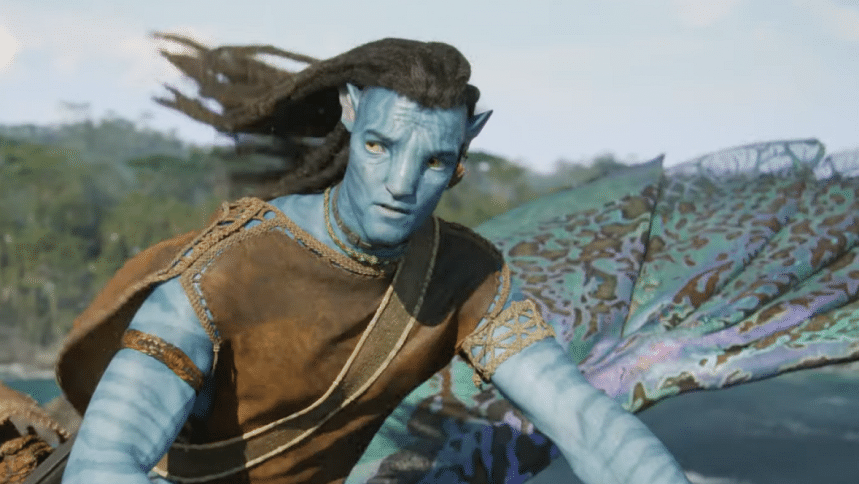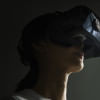From VR to AI, here are all the latest technologies used in Avatar 2

Avatar: The Way of Water, the highly anticipated sequel to James Cameron's 2009 blockbuster Avatar, has recently hit theaters and has been met with widespread acclaim. The film, set in the distant future on the planet Pandora, features cutting-edge technology that helps bring the fantastical world to life. Here is a rundown of some of the latest technologies used in the production of Avatar: The Way of Water:
Performance capture
Performance capture, also known as motion capture or mo-cap, is a technique used to capture an actor's performance and translate it into a digital format. In Avatar: The Way of Water, performance capture was used to bring the film's characters, both human and alien, to life. Actors wore special suits equipped with sensors that recorded their movements, which were then translated into computer-generated characters on screen. Performance capture allowed the filmmakers to create highly realistic and expressive characters, and allowed the actors to fully immerse themselves in their roles.
Virtual reality
Virtual reality (VR) technology was used extensively during the production of Avatar: The Way of Water to help the filmmakers visualize and design the film's complex environments and characters. VR headsets allowed the filmmakers to walk around Pandora and interact with the virtual world in real time, giving them a sense of scale and immersion that traditional pre-visualization techniques could not provide. VR was also used to help the actors get a feel for their characters and the world they were inhabiting, allowing them to better connect with their roles and the story.
3D printing
3D printing technology was used to create some of the intricate props and costumes seen in Avatar: The Way of Water. 3D printing allowed the filmmakers to quickly and accurately create complex shapes and designs that would have been difficult or impossible to create using traditional manufacturing techniques. This technology also allowed for greater flexibility and customization, as the filmmakers could make changes and adjustments to the designs on the fly.
Augmented reality
Augmented reality (AR) was used to enhance the film's special effects and bring Pandora to life on screen. AR technology allows digital elements to be superimposed over the real world, creating a sense of immersion and interactivity. In Avatar: The Way of Water, AR was used to create the film's complex and realistic alien creatures, as well as to add special effects and layers of detail to the film's environments.
Artificial intelligence
Artificial intelligence (AI) was used in various aspects of the production of Avatar: The Way of Water, including in the creation of the film's special effects and in the development of the film's complex characters and storylines. AI algorithms were used to analyze the film's script and suggest changes and improvements, as well as to generate ideas for new scenes and plot twists. AI was also used to analyze the performances of the actors and make adjustments to the computer-generated characters to better match the actors' expressions and movements.
Overall, Avatar: The Way of Water is a testament to the power of technology in the film industry. From performance capture and VR to 3D printing and AI, the latest technologies were used to bring the film's complex and immersive world to life. It's clear that technology will continue to play a major role in the future of film, and Avatar: The Way of Water is a glimpse into what the future of movie-making may hold.

 For all latest news, follow The Daily Star's Google News channel.
For all latest news, follow The Daily Star's Google News channel. 








Comments